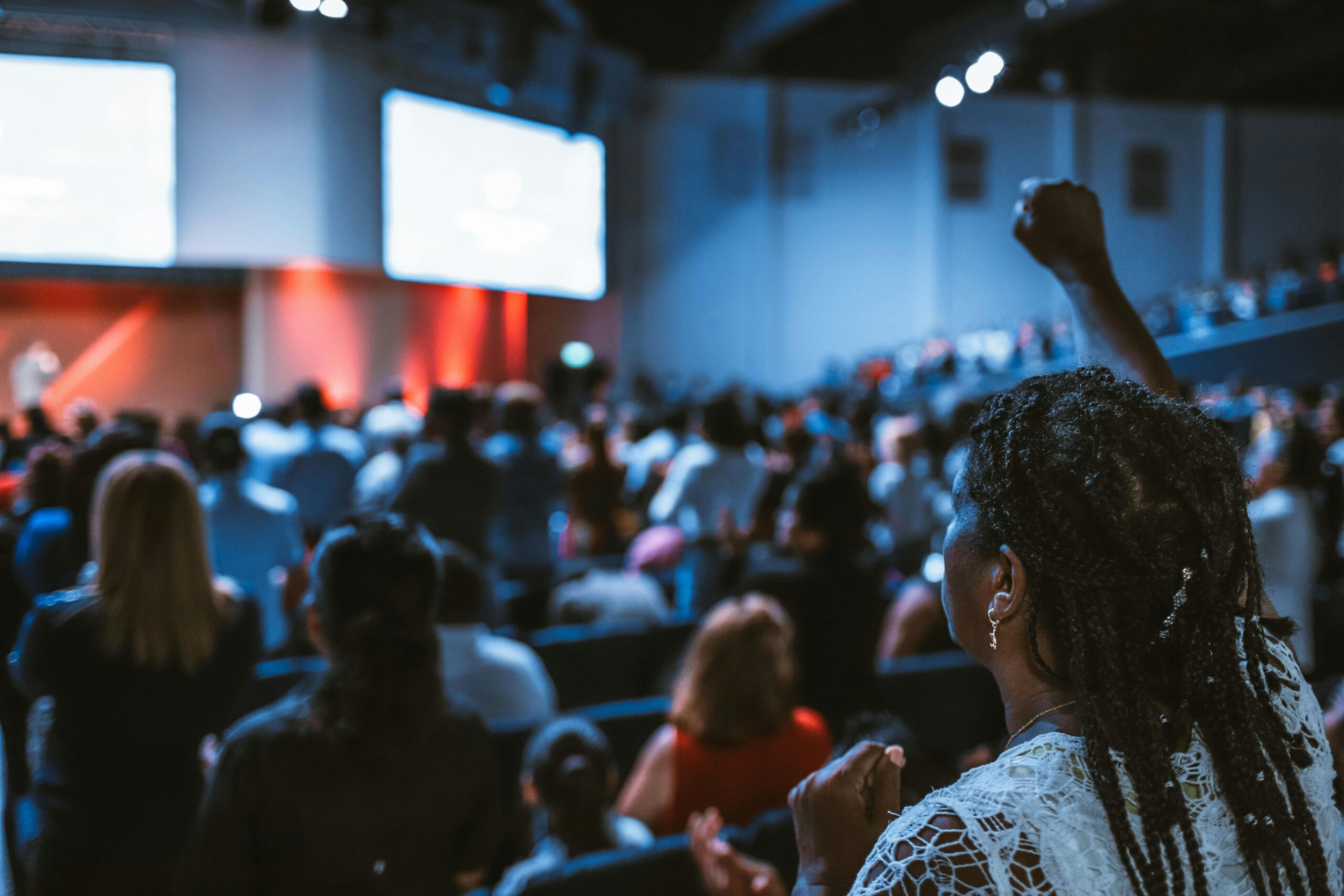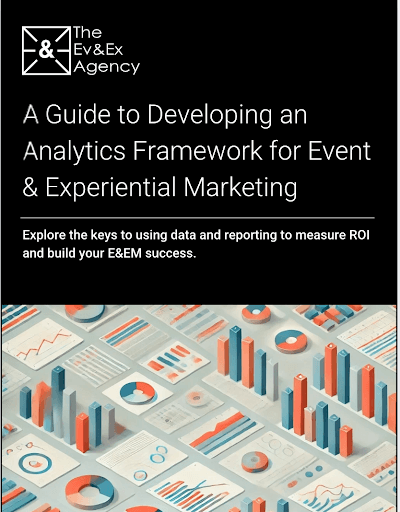From lead gen at trade shows to brand buzz at festivals to morale boosts at internal conferences, events can do a lot. But without analytics, you’re flying blind.
That’s why top brands are building structured analytics frameworks, not just to measure event outcomes but to actively drive smarter decisions, stronger ROI, and sustained audience engagement.
Here are three examples (drawn from real life) of how event analytics can propel big improvements for marketers.
Use Case #1: Converting Leads at a B2B Trade Show
A fast-growing software company sets a clear goal: increase qualified leads by 25% over last year. Using KPIs like badge scans and demo participation, along with real-time AI scoring, they identify which tactics generated the best leads.
Post-show reporting helps shape their follow-up strategy and sales targeting to reach their leadgen goals.
Use Case #2: Driving Brand Awareness at a Consumer Festival
A beverage brand hosts an activation at a music festival with a goal to boost brand sentiment. They use RFID wristbands to track attendee behavior and dwell time, and social media monitoring tools to measure impressions and sentiment. QR-triggered surveys provide real-time feedback.
The result: a 40% lift in social engagement and valuable insights for their next activation.
Use Case #3: Boosting Engagement at an Internal Sales Conference
A tech company uses app check-ins, live polling, and gamification to track employee engagement during its annual sales kickoff.
NPS surveys show an 18% lift in satisfaction, and session attendance increases 40% year-over-year thanks to improved targeting and agenda personalization.
What They Have in Common
All three brands:
- Set clear objectives from the start
- Use both behavioral and sentiment metrics
- Collect and analyze structured data
- Make optimization a standard part of the process
You don’t need to be Amazon to build this kind of framework. Start small. Be consistent. Let data guide your strategy—and the impact will follow.


